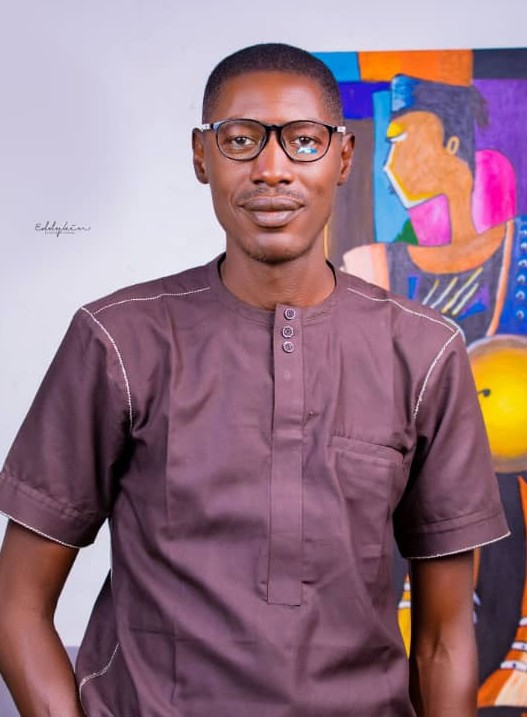ISOZI President Calls for Unity, Urges End to Further Debate on Za’ar Chiefdom Establishment

NEWS REPORT Tafawa Balewa, Bauchi State In a historic appeal for unity and forward progress, the President of the International Society of Zaar Intellectuals (ISOZI), Engr. Mbimda Ali Mbishida, has issued an official declaration urging all members of the Za’ar community to cease further discussions and disputes surrounding the processes that led to the establishment of the Za’ar Chiefdom and the installation of its Paramount Ruler, the Gung Za’ar. Speaking on behalf of the ISOZI leadership, Engr. Mbishida described the realization of the Za’ar Chiefdom as a “monumental victory born of perseverance, sacrifice, and divine grace.” He emphasized that the enthronement of the Gung Za’ar stands as an “enduring testimony of the people’s unity, resilience, and faith,” calling it a dream once distant but now gloriously fulfilled. “At this crucial point in our history,” he said, “it is imperative that we lay aside every lingering grievance or debate surrounding the processes tha...



